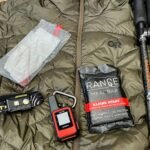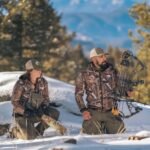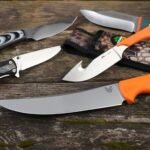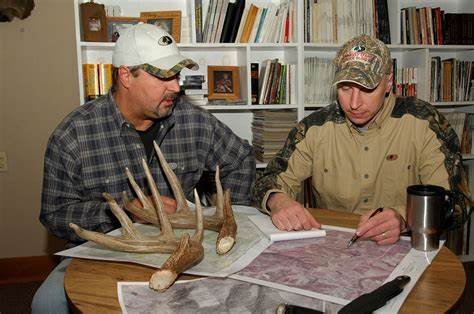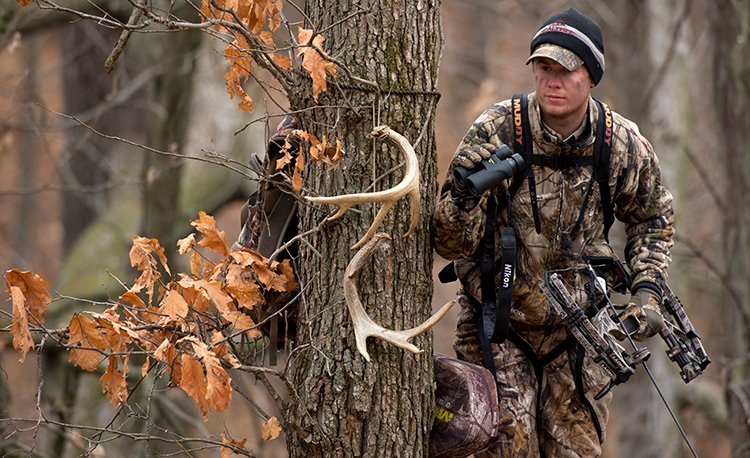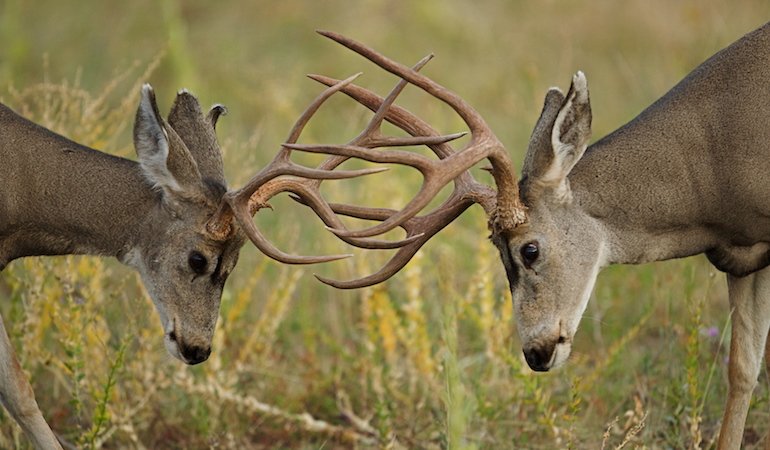Scouting is one of the most important steps in preparing for deer season. Whether you’re hunting public or private land, knowing the terrain, deer habits, and prime hunting locations can make all the difference. Here’s a guide on how to scout deer hunting areas effectively before the season starts:
1. Use Trail Cameras
Trail cameras are an excellent way to monitor deer activity without disturbing the area. Set up cameras in key locations such as near food sources, water sources, or along known travel routes. Check your cameras regularly to gather information on deer movement, patterns, and the health of the herd.
2. Look for Signs of Deer Activity
When scouting, look for fresh deer tracks, droppings, rubs, scrapes, and trails. These signs can tell you where deer have been, how recently they’ve been there, and what kind of behavior they were engaging in. Rubs and scrapes are often signs of bucks marking their territory or looking for mates during the rut.
3. Identify Food Sources
Deer are constantly on the lookout for food, and identifying key food sources will help you understand where they are likely to be. Look for areas with abundant acorns, fruit-bearing shrubs, or crops like soybeans and corn. Deer are especially attracted to areas with high-quality food sources, particularly during the fall when they are bulking up for the winter.
4. Focus on Water Sources
Water is essential for deer survival, so hunting near rivers, ponds, or streams can increase your chances of success. Look for signs of deer drinking water, such as tracks near water or disturbed ground around water sources. This is especially important during the warmer months when water is scarce in some regions.
5. Learn the Terrain
Understanding the terrain of your hunting area is crucial. Look for areas with thick cover, such as wooded areas or tall grasses, where deer feel safe. Additionally, identify natural funnels like ravines, valleys, and ridgelines, where deer are likely to travel. Deer often use these natural features as travel corridors, making them ideal hunting locations.
6. Observe Deer Movement Patterns
When scouting, take note of when and where you observe deer. Deer are most active at dawn and dusk, so make sure to observe these times to understand their movement patterns. Take note of the wind direction, as deer are more likely to travel in areas where they can scent-check their surroundings.
7. Stay Quiet and Discreet
When scouting, avoid making unnecessary noise or leaving signs of your presence. Deer are sensitive to human scent and will avoid areas where they sense danger. Move slowly, quietly, and without disturbing the habitat to ensure you don’t alert any deer to your presence.
8. Scout from a Distance
Instead of getting up close and personal with deer during your scouting trip, use binoculars or spotting scopes to observe from a distance. This will help you avoid spooking deer while still gathering valuable information on their behavior and movement patterns.
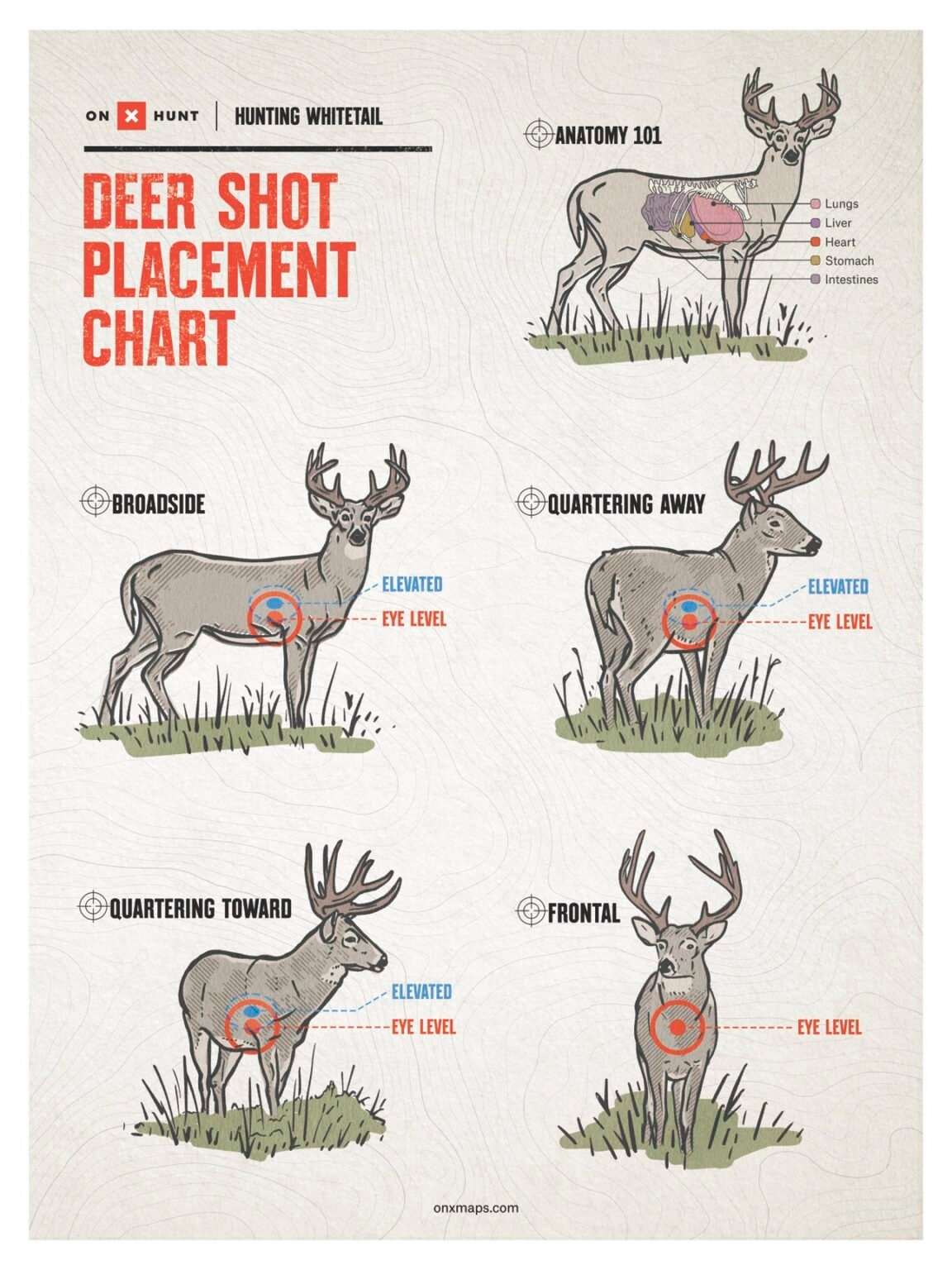
9. Take Notes
Keep a detailed record of your scouting observations. Write down locations, times of day, types of signs you observed, and weather conditions. This will help you identify patterns and understand where deer are likely to be during the hunting season.
10. Plan Your Hunting Stands
Once you’ve gathered enough information, plan where you’ll set up your hunting stands. Look for spots that offer good visibility and shooting opportunities while still keeping you concealed from the deer. Consider setting up stands near known food sources, bedding areas, or travel corridors.
Conclusion
Scouting before the hunting season is crucial for ensuring a successful hunt. By using trail cameras, looking for signs of deer activity, identifying food and water sources, and understanding the terrain, you can increase your chances of finding prime hunting locations. Be patient, stay quiet, and take detailed notes to help plan your hunting strategies.



